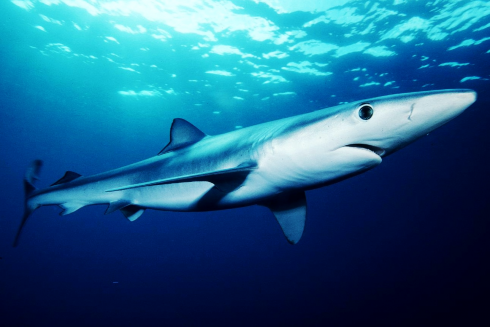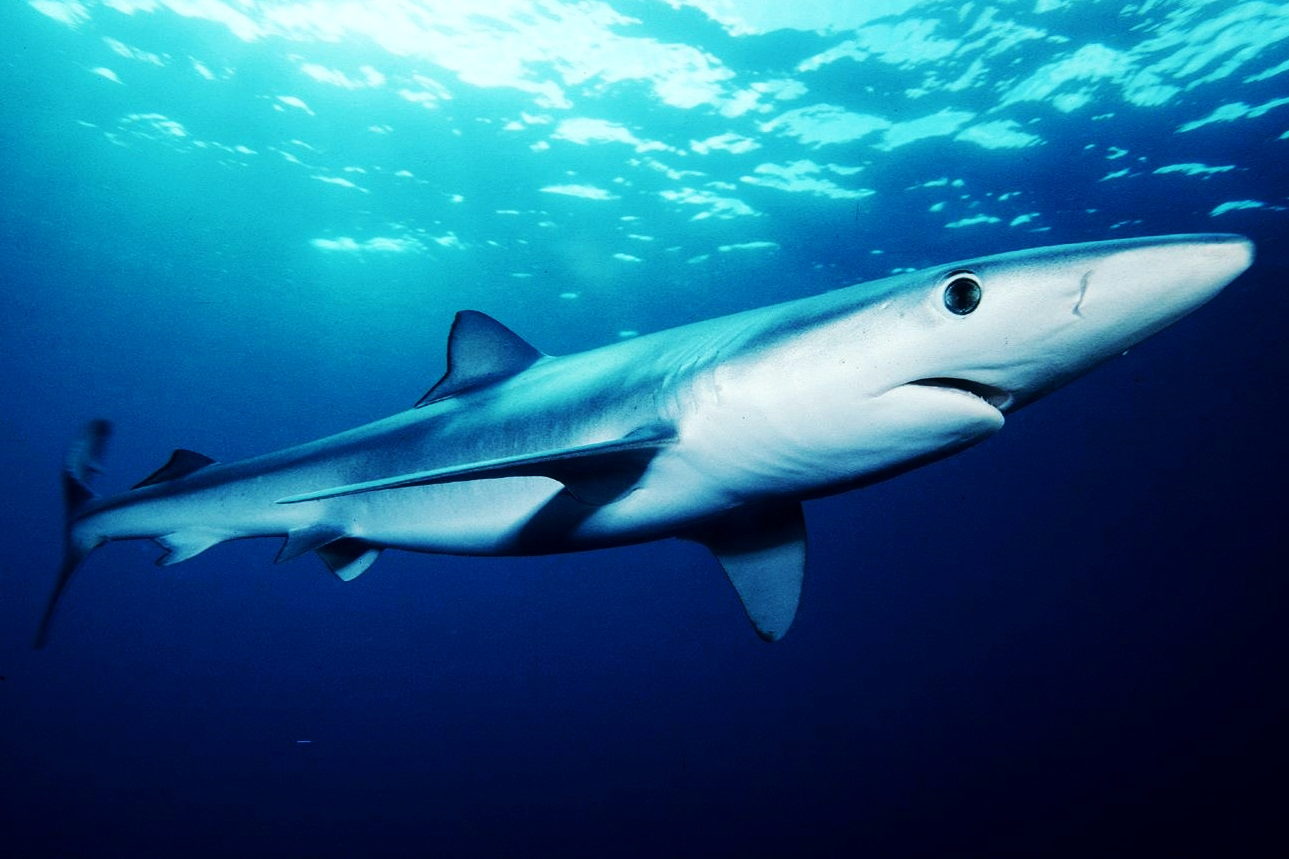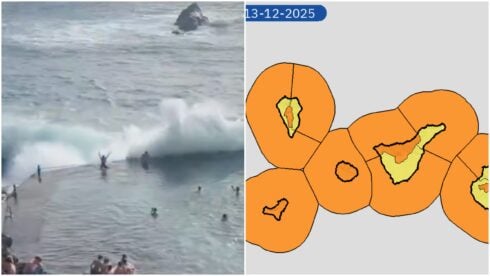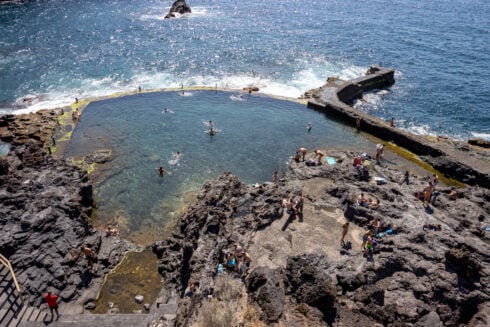THE ocean is not the pool, and thus, millions of creatures abound. Of these, Sharks are no doubt the most feared, despite attacks on humans being exceedingly rare.
Nevertheless, beach season is upon us, so here’s what you need to know about sharks in Spain.
While sharks inhabit all the world’s oceans, the prime regions for encountering them in Spain are along the Atlantic coasts of Galicia and Cantabria, as well around the Canary Islands, and along portions of the Mediterranean, particularly the Valencia region.
It should be noted that, given the country’s extensive coastline, Spain makes up a notably small portion of the 3,349 worldwide registered unprovoked shark attacks in recorded history with just 13, only one of which was fatal.
And though fearsome hunters, many shark species are threatened or endangered by human activity, either due to habitat destruction or being caught and sold for their meat.
Still, they have not yet been extirpated from Spanish waters, with sightings of a number of species common each year.

The elegant pelagic blue shark, known for its sleek appearance and skittish temperament is among the most commonly sighted species in Spain, particularly around the Canary Islands, the Cantabrian Sea, and the Mediterranean.
A video from July 2023 shows a lost blue shark swimming among bathers in a shallow bay in Campoamor, Alicante, only to wash up dead on the same beach shortly after.
The creature is solitary and not known to be particularly dangerous to humans, as it spends its life in the open ocean and thus encounters are uncommon.
Valencia’s Oceanografic Foundation reports an average of just four to six sightings a year.
Found in deep, cool waters worldwide, blue sharks eat primarily shrimp, crabs and octopus.
While attacks are rare, blue sharks have been known to bite humans out of confusion, as is what happened in the Valencia town of Oliva in August, 2023.
The animal found itself trapped in the shallow coastal waters, and injured a wading man after bumping into his leg.

Another pelagic creature known to inhabit the waters off the Canary Islands and the Cantabrian coast, as well as the chilly waters off Galicia, is the endangered short-fin mako shark.
Known for swimming at speeds of up to 50kph, the shark eats mainly squid and large, bony fishes like tuna and swordfish.
As with most species, attacks are incredibly rare, with just 10 reported unprovoked incidents in recorded history.
This year, a mako shark was sighted in June off the coast of Telde on Gran Canaria, prompting beach closures.
And in a striking video, taken just the day before the Telde mako sighting on Gran Canaria, beachgoers can be heard shouting as what appears to be a different mako shark approaches the beach at full speed.
There were no injuries, as the beach had already been evacuated.
READ MORE
- Spain rails at the British media once again for scare stories after sharks sighted at popular resorts
- Watch: Beachgoers left terrified as two-metre shark approaches the shore at this hugely popular holiday destination in Spain
Click here to read more Canary Islands News from The Olive Press.








